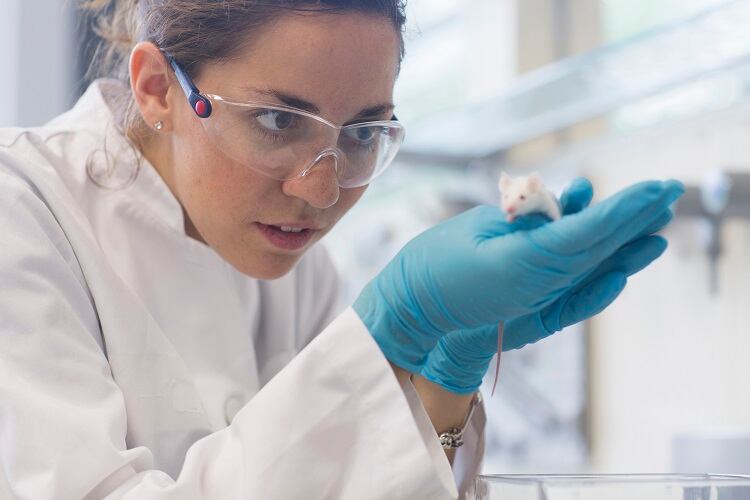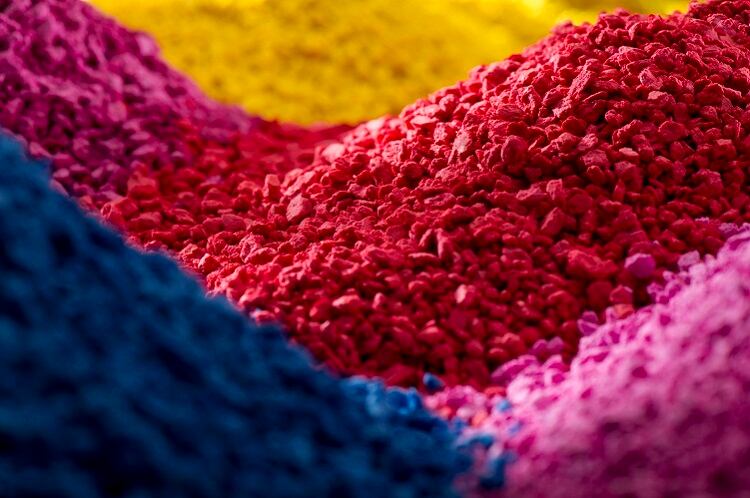Safety assessments to evaluate the presence and levels of chemicals in food and feed have traditionally relied on evidence from animal testing. Safety testing with animals has been the gateway between food development and approval for decades, confirming a product’s risk profile and providing a green light for safe consumption.
Now, a new way to test for chemicals and food safety has arrived, prompting questions on whether the food industry can reduce or stop animal testing entirely. In a highly-criticised area of food production, scientists and broader society consider the ethical reasons and scientific validity of using animals to test the toxicity of chemicals in food.
“Society and scientists want food, feed, and the environment to be safe from chemical harm without using animal testing, not only to reduce animal suffering but also because mice and other test animals are not the same as humans,” a European Food Safety Authority (EFSA) spokesperson told FoodNavigator.
The launch of TKPlate: An animal-free testing alternative
The ESFA has launched TKPlate, a new platform that proposes food safety testing without using animals. The potential testing method models and predicts chemical toxicity and its impact on humans and animals. TKPlate is an alternative tool designed to deliver more representative information on toxicokinetics (TK), which relates to how the body manages chemicals, and toxicity/toxicodynamics (TD), regarding what chemicals do to the body.
TKPlate’s introduction into the food safety space follows efforts to promote the 3Rs of animal testing: Replace, reduce and refine. The new tool’s main objectives are to increase the quality and relevance of information gathered and to reduce the need for animal testing.
“Increasingly, tools like TKPlate will be able to mimic these chemical and biological processes as well as—perhaps in some cases even better than—experiments on mice, rats or other test animals,” said the spokesperson. As a result, the industry will have access to more robust and reliable data for risk assessment in the long term.
In addition, ESFA stated the platform has many other potential benefits. For example, standard toxicity tests on animals take 90 days. The process requires time beforehand to prepare for the testing period and afterwards to assess the results. TKPlate enables assessors to produce a preliminary evaluation in minutes, ESFA said. It can also produce results for groups of chemicals, such as ‘mixtures’, which otherwise require many animals and are difficult to do in an experiment.
Developing a non-animal-based testing method
Years of research and development have led to the introduction of TKPlate. “It wasn’t so much a discovery as the development of a series of complex models over many years,” EFSA’s spokesperson confirmed.
The idea for TKPlate started in 2014 with a scientific report on alternative methods to animal testing that EFSA’s experts could use. The report proposed the development of a series of TK and TD models. TK explains how the body absorbs, distributes, metabolises and excretes the chemical, while TD explores the toxic effects on molecules, cells, tissues, organs or a whole organism.
Between 2015 and 2020, EFSA developed these TK models and produced multiple case studies for a range of species relevant to EFSA’s work: humans, test animals like rats and mice, farm animals and other species that have a role in the food and feed chain such as earthworms. EFSA contracted out to academic partners and national agencies important parts of the work, which has resulted in several successful doctorates by young scientists, it stated.
“EFSA has shown long-standing support for risk assessment approaches that minimise and refine the use of experimental animals (in-vivo testing) and promote the use of data derived from alternative approaches, where possible,” EFSA’s spokesperson said. These alternatives include lab tests in tubes, flasks, Petri dishes, etc. (in vitro ) or performed via computer simulation (in silico).
Removing the testing method
TKPlate revolves around test-free research. “It is precisely the testing element this modelling method seeks to remove,” said EFSA’s spokesperson. Instead, it allows risk assessors and others involved in toxicology to model TK and TD processes in all species included in the platform.
“Basically, you select the species, the chemical or group of chemicals, input parameters such as the type of exposure, then you run the models with a click,” EFSA’s spokesperson continued. It calculates the concentrations of chemicals inside the body from the intakes (TK) and predicts the effects (TD) they can cause. “These results can directly replace animal data, reducing the need for new experiments,” the spokesperson added.
Changing the food testing environment
The TKPlate models are currently being tested and validated for several chemicals, particularly to compare predictions with measured data. Then, EFSA will look on a case-by-case basis at the context under which TKPlate can be applied in its risk assessments. The Authority also provides staff and expert training to ensure adequate time is given to provide updates on changing working practices.
The tool is open-source, so other scientists can use it whenever necessary. They can access it by registering to get a password and accessing the application. EFSA has provided examples in its user guide and case study reports to provide examples in the context of EFSA’s risk assessments. It plans to release more examples in the next year.
However, publication of risk assessments could depend on other factors, EFSA stated, such as available data for a given chemical, workload and priorities. “Generally, it’s important to remember that some areas of European law about the food and feed chain— especially where it’s related to market authorisation procedures for regulated products like pesticides, food additives, or novel foods—specifically require the submission of results from animal studies,” said EFSA’s spokesperson.
“To do this differently means changing the law, which is out of EFSA’s hands,” the spokesperson added. Therefore, EFSA stated it would implement TKPlate as a complementary source of evidence generated within minutes alongside animal data. It will do this to predict the elimination or persistence of chemicals and support the validation of conclusions when results are based on data-poor situations.
Is animal-free testing here?
Animal-free testing can shape the ethics and science of the entire food industry. However, EFSA advised against the industry going too far down the path of no-animals in global testing labs yet. Though discussions are growing, EFSA stated, with TKPlate among the topics raised at the 13th Global Summit on Regulatory Science in September 2023.
“It is probably too early to talk about a global impact as different countries/regions have their scientific advisory bodies with their own regulatory frameworks, risk assessment methodologies and data requirements,” said EFSA’s spokesperson. However, the platform can generate information on kinetics and dynamics for many species within minutes and without testing, allowing the EFSA to extrapolate in vitro data to in vivo situations.
“The good news is that EFSA and all these other bodies are in regular contact, exchanging experiences and ideas, learning from each other,” the EFSA spokesperson said. For example, work by the US Environmental Protection Agency (EPA) was critical in developing TKPlate. Some partners in European Union (EU) Member States and other regions have asked for support in using TKPlate in their risk assessments, EFSA stated, which it aims to do soon.
Eventually, in close cooperation with regulators and risk managers, such as the European Commission, European Parliament, and EU Member States, EFSA stated: “Animal experiments may become the exception rather than the rule.”



